All the ingredients for our DOULEUR INGREDIENTS product. If you have any further questions please contact us via email.
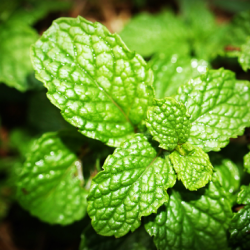
Menthol
Menthol is an organic compound made synthetically or obtained from the oils of corn mint, peppermint, and other mints. This plant can grow up to 100 feet. The tree is native to India, western and central Asia, the Himalayas, Siberia, and North America.Menthol
Menthol provides immediate relief from aches and pains caused by muscle pain, muscle soreness, rheumatoid and osteoarthritis, tendonitis, bursitis, backaches, stiffness, swelling, bruising, gout, and cramping. When applied to the skin, it causes an increase in blood flow to the affected areas providing relief and much-needed comfort. The cooling sensation and relaxing aroma are added benefits to provide relaxation to your mind, body, and soul.
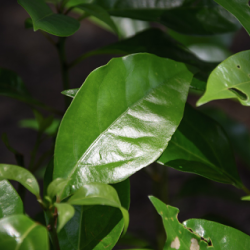
Camphor
Camphor can grow up to 100 feet. The tree is native to Formosa (Taiwan), China and Japan and often grows very old. The tree must be at least 50 years old to produce the oil. Marco Polo first introduced the tree called Cinnamonum Comphora to Europe, which is where camphor is derived.Camphor
This is a very large tree and native to India, Japan, and China. The leaves, roots, branches, and trunk are used to make the oil that relieves muscle and joint pain. Camphor provides immediate relief to arthritis, rheumatoid and osteoarthritis and muscle soreness. The cooling sensation from camphor provides a relaxing aroma to the senses.
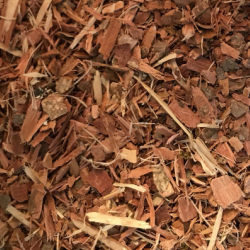
Witch Hazel Bark Ingredients
Witch hazel bark is a deciduous tree or shrub that grows 5 to 20 feet tall, with grayish bark and scalloped, oval leaves that are 3 to 5 inches long, three inches wide and lopsided at the base. It needs full sun to partial shade and moist, slightly acidic soil to thrive.Witch Hazel Bark Ingredients
“Witch” in witch hazel does not literally mean a witch who does magic spells, but it’s fun to think of the tree stirring its leaves to make a concoction. The word witch actually comes from the old English word “wice” which means bendable. The stems from the tree were used as “divining rods” to look for underground water. It was believed that the branch would bend towards the ground when water was present. Native American used witch hazel bark to reduce swelling and inflammation and to treat skin injuries, burns, varicose veins, and hemorrhoids. It reduces irritation on the tissue surface through numbing the area. Surface inflammation is reduced and it creates a barrier against infection.
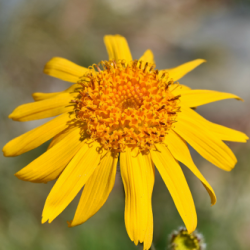
Arnica Montana
Arnica Montana is an aromatic, perennial herb flowering plant about 7 to 23 inches tall. It's basal green ovate-cilitate leaves with rounded tips are bright colored and level to the ground.Arnica Montana
Also, they are somewhat downy on their upper surface, veined and aggregated in rosettes. The upper leaves are opposed, spear-shaped and smaller. The awesome properties of Arnica Montana are that it is a great way to speed the healing of arthritis, bruises, and sprains and that it is used in the treatment of many sports-related injuries.
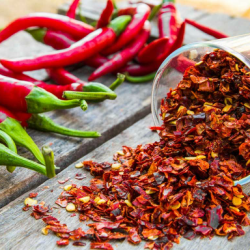
Capsaicin
Capsaicin is the compound found in peppers that gives them their infamous hot and spicy kick. This compound is well known for its pain-relieving properties. It affects the chemical that communicates pain signals to the brain, therefore causing a burning sensation and reducing the perception of pain. Its effectiveness is seen in reducing pain caused by rheumatoid and osteoarthritis, fibromyalgia, neuropathy, and deep, muscle pain.Capsaicin
Capsaicin is a naturally occurring substance that is responsible for the burning, pungent sensation associated with the ingestion of hot peppers. The effect given off by these peppers is at the origin of the name capsaicin, which derives from the Greek word “kapo” meaning “to bite.” Hot peppers are a native plant from the American tropics. The use of hot peppers can be traced back to the Aztec and Inca civilizations.
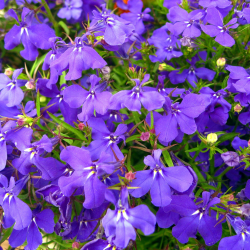
Lobelia
Lobelia is a flowering plant made of 415 species primarily in tropical to warm temperature regions of the world.Lobelia
This plant is used to treat muscle pain, joint pain associated with rheumatoid arthritis, bruises, and sprains.
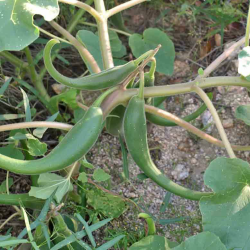
Devil's Claw
Devil's claw is used for arthritis, gout, muscle pain, back pain, tendonitis, and migraine headaches. It is a plant native to the Kalahari Desert in southern Africa. The plant grows in the savannahs of Namibia, Madagascar, South Africa, and Botswana and named after the appearance of its fruit, which is covered to hooks that catch onto the fur of animals. This allows the encased seeds to be carried to distant regions.Devil's Claw
Use of devil’s claw dates back to the days of slavery. The slaves brought herbs and herbal knowledge with them to the new continent. The roots have been used for centuries by the Khoisan people of southern Africa. Devil’s claw treats pain related to autoimmune disorders, such as lupus. Back pain, arthritis (osteo, a.k.a. wear and tear arthritis and rheumatoid), soft tissue conditions such as tendonitis and bursitis, nerve pain, fibromyalgia, sciatica, and gout are other ailments that devil’s claw gives relief to.

Methysulfonylmethane
MSM is a naturally occurring form of organic sulfur found mainly in protein-rich foods such as eggs, fish and lean meat. Sulfur can form bonds essential to strengthening hair and influencing hair growth. MSM is a naturally occurring form of organic sulfur found mainly in protein-rich foods such as eggs, fish and lean meat.Methysulfonylmethane
It is a sulfur-rich compound with anti-inflammatory properties. MSM decreases joint and muscle pain associated with joint degeneration and arthritis. Plus, it significantly decreases inflammation, stiffness, muscle soreness, and swelling. The overall quality of life is increased. It also speeds muscle recovery after intense exercise by reducing inflammation and stress.
